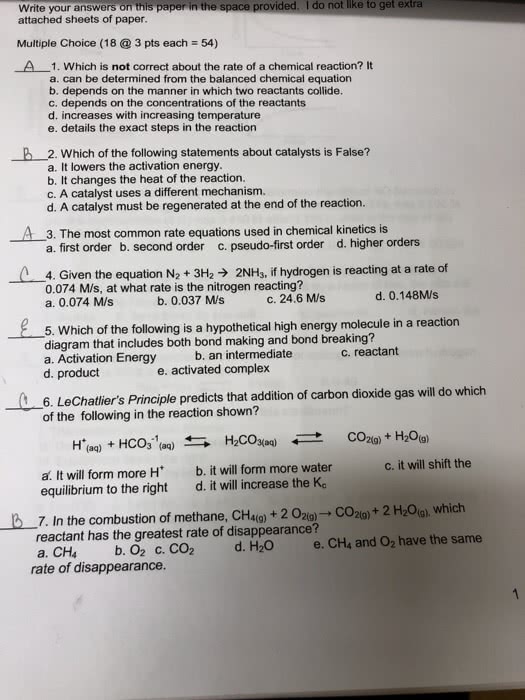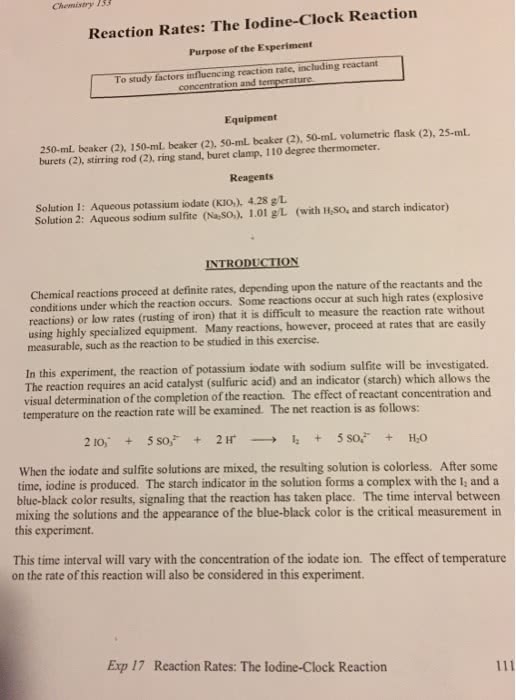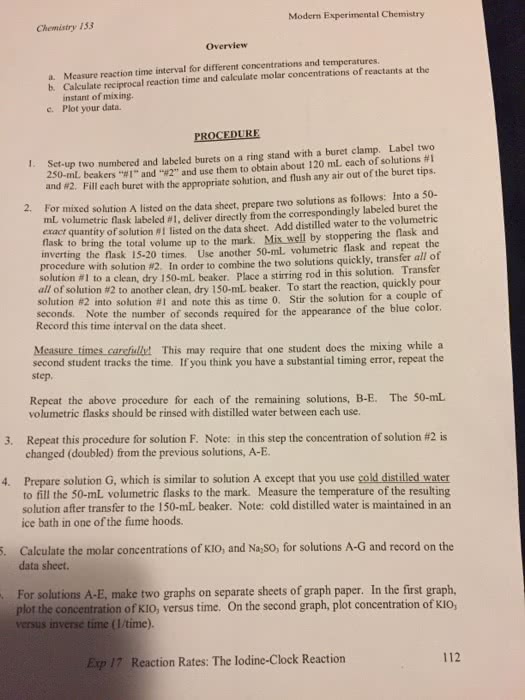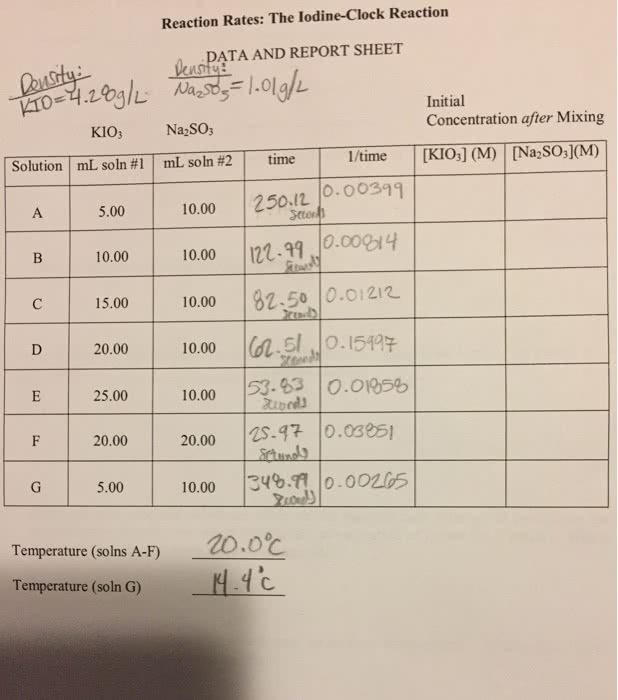CHE 1302 Lecture Notes - Lecture 13: Intermolecular Force, Homogeneous Catalysis, Rate-Determining Step
Document Summary
Reactant concentrations: rates generally increase as reactant concentrations increase. Temperature: rates generally increase rapidly as temperature increases. Catalysts: not consumed in reaction, substance that increases reaction rate but remain unchanged. Surface area: rate increases as surface area increases, rate. How much something changes per unit time. Rate of reaction = change in concentration of species per unit time: can monitor: Rate of disappearance of reactants - [a: [ ] mean molarity, reaction rate always has units of concentration per unit of time. Use: mol l-1 s-1, m s-1. 2 (aq) 2h: ex) reaction: 2h. Rate = rate of o2 formation = [o2] / t. Rate = (rate of h2o2 consumption) = (h2o2) / t. Incorrect because have to watch stoichiometry & coef cients (g: in general: Aa + bb > cc + dd. Initial rate is usually highest reaction rate: rate law. Relates instantaneous rate of chemical reaction to reactant concentrations: use rate law to:






